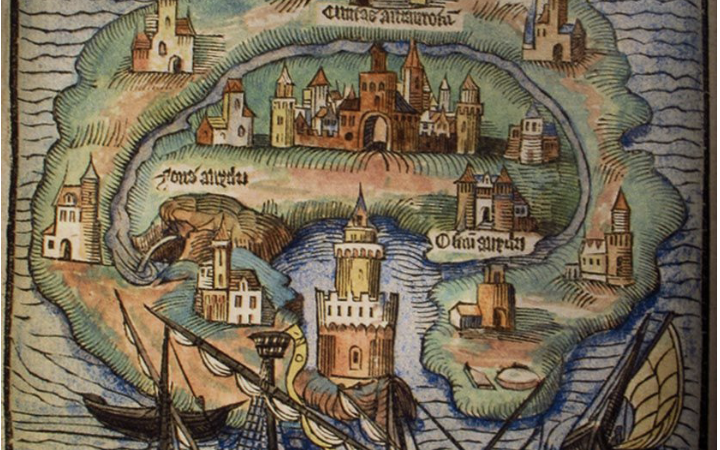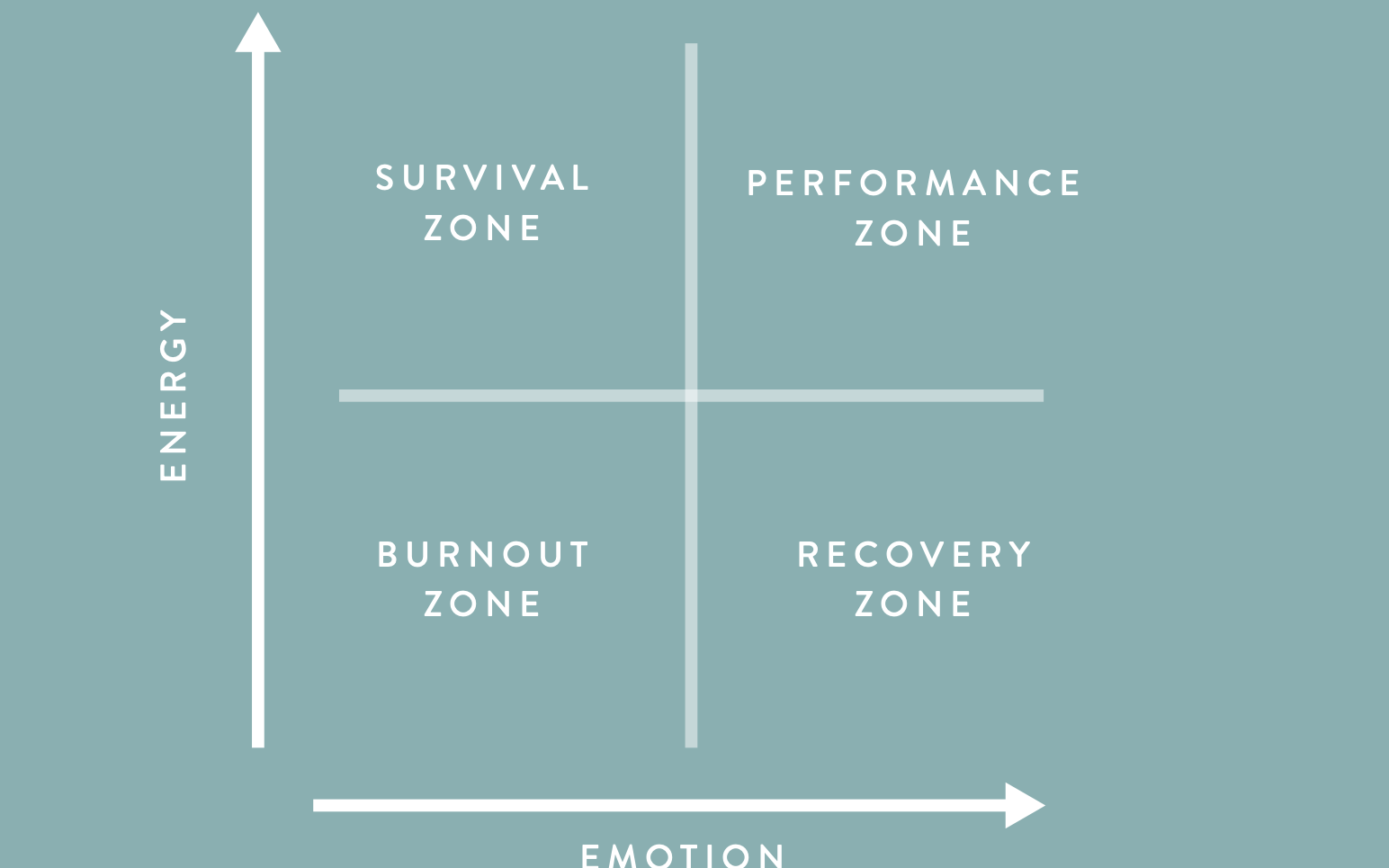Mapping Strategic & Emotional Landscapes
22nd August 2020
Maps are awesome. They represent the real world on a much smaller scale and so they help us figure out where we are and how to get where we want to go. But more than this, they help us plan, organise information, connect, explore... Maps are functional tools that can help save lives, show danger, give inspiration and guidance…
Two of my favourite maps are shown above: the first is the Laniakea, a Hawaiian word meaning “Immeasurable Heaven”. It is our galaxy’s position relative to 100,000 other galaxies including our Milky Way, spanning 500 million light years in a supercluster. The red dot shows the earth’s cosmic address. The second map charts the human genome, showing the 23 pairs of chromosomes (1-22 plus sex chromosomes X or Y) that make up Homo Sapiens. As I said, absolutely awe-inspiring!
Some of the earliest maps of the earth included space for Terra Incognita – the Unknown Land. At the border of the known and the unknown, cartographers would write a warning with the words, “Here be dragons”. Basically, know that you travel onwards at your peril… Have you enjoyed The Game of Thrones? Star Wars? The Wizard of Oz? Lord of the Rings? Narnia? Jurassic Park? The creators of these fantasy worlds also made maps to help bring the story alive. It’s not a new idea – as far back as 1516 Sir Thomas Moore wrote Utopia and included a map of the island…

OK, so as film-buffs and travellers, we’ve all used and benefitted from maps. So what? Well, what if you could use Google Maps (metaphorically) to simplify and accelerate a journey of business transformation? One of the concepts that we work with at meus is that if we map out the Strategic Landscape as well as the Emotional Landscape of our journey of transformation, we can improve the way we transform – and enjoy the process as well…
What does your strategic landscape look like?
Anyone can develop a strategy, but the deeper task of leadership is also to help teams map out their unique strategic pathway to the successful realisation of strategy. This requires a familiarity with the principal features of the strategic landscape. The best military strategies are often predicated upon having reliable maps of the territory, prior to engagement.
Some of the features that form a strategic landscape include:
- The company’s purpose and vision
- The key strategic objectives of the business
- Competitors and customers
- ‘Macro’ issues such as global recession, market forces including digitisation, political and economic disruption, competition, regulation and more…
- ‘Micro’ issues including changing client relationships and needs, critical success factors, strengths and opportunities, team performance and more…
- Where to play – White Space or Blue Ocean? The best place to “play” is in uncontested market space where you are the first to identify an unmet need.
How clear are you on the features of your organisation’s strategic landscape? If you were a map-maker, how would you visualise your particular strategic landscape?
What does your emotional landscape look like?
Mapping the emotional landscape is equally important. Why? Because strategy is executed by people. If your teams are overwhelmed and exhausted, confused and experiencing disbelief, it would be potentially disastrous to set out on the journey. They need some recovery time first! If you were a mountain expedition leader and took your team into a dangerous pass when they were exhausted, they would die! Yet organisational leaders often fail to take account of the state of their people. Understanding the emotional landscape helps leaders judge pace, risk, timing and more. Shackleton’s crew famously survived disaster in the Antarctic for months, because he took account of these factors…
What features might comprise your business’s emotional landscape at the moment? Perhaps elements such as pride, mutual support and camaraderie, commitment, accountability, positive (or negative) team morale… There might be loyalties to the agendas of earlier leaders, and to the history of the function. Home-based working will be welcomed with relief by some but anxiety by others – along with other aspects of the Covid-19 situation. The whole operating context is stressed at the moment, not just with Covid-19 but with Black Lives Matter, political upheaval, Brexit, environmental concerns… How resilient are your people? Where would you place yourself on the map below?

This really is a period of VUCA (volatility, uncertainty, complexity and ambiguity). It would be remarkable if most of us were not experiencing some degree of overwhelm and exhaustion. Interestingly, the poet David Whyte tells a story of when he was lamenting to his friend, an Irish priest, about his utter exhaustion at work. The Father told, “You know David, the antidote to exhaustion is not rest, but whole-heartedness.” This raises an interesting thought for us as leaders – how do we restore whole-heartedness to ourselves and to our teams? How can whole-heartedness become a central feature of our emotional landscape?
As we traverse the emotional and strategic landscapes of the present, how do we each make best use of our own Emotional Intelligence (EQ)? Perhaps more importantly, how do we look after one another more – using our “WeQ”?
The Better Normal
I believe that successful organisations put as much emphasis on relationships as on the balance sheet – and are committed to getting better at both. This requires mapping and exploring our strategic and emotional landscapes. This requires greater collaboration – with one another and with our clients. We need to engage heart as well as head. We need to face into difficult conversations with one another as much as caring conversations. We need to stand in our magic and understand our personal value as individuals and teams, if we are to deliver business results.